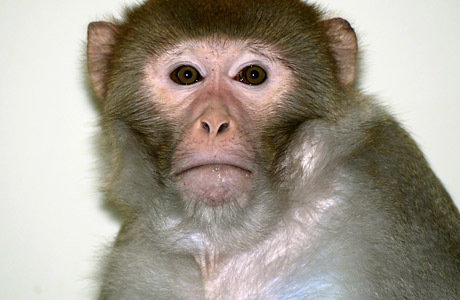
#1. Stem Cell Breakthroughs
Correction Appended: Dec. 11, 2007
In November, Shinya Yamanaka of Kyoto University and molecular biologist James Thomson of the University of Wisconsin reported that they had reprogrammed regular skin cells to behave just like embryonic stem cells. The breakthrough may someday allow scientists to create stem cells without destroying embryos — sidestepping the sticky ethical issues and opposition from the U.S. government that surround embryonic stem-cell research — but that day is still a ways off. Regarding his achievement, Thomson wrote in the Washington Post: "[It] changes both everything and nothing at all." His and Yamanaka's work is still in its early stages, and it's unclear whether reprogrammed skin cells will turn out to be as useful as embryonic stem cells; for now, stem-cell experts agree that embryonic research must continue. Indeed, just a week before the researchers' papers were published in Cell and Science, scientists in Portland reported that they had for the first time cloned embryonic stem cells from monkeys — another step closer to human stem-cell cloning. None of the research has yet translated to usable therapies, but for the millions of patients for whom this work holds promise, science just took a big turn for the better.
The original version of this story incorrectly stated that scientists in Seattle had cloned embryonic stem cells from monkeys. In fact, the scientists were working at Oregon Health & Science University in Portland.